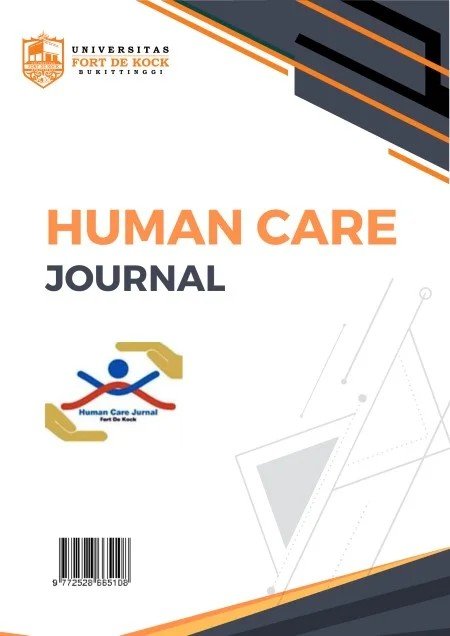PENGARUH INTENSITAS KEBISINGAN TERHADAP GANGGUAN PENDENGARAN PADA PEKERJA PENGGILINGAN PADI
DOI:
https://doi.org/10.32883/hcj.v9i1.2940Abstract
Noise in the rice milling industry is around 88 dB, exceeding threshold value, making it a potential
physical hazard that can cause hearing loss. This study aims to analyze the effect of noise intensity
on hearing loss in rice mill workers. This research is an analytical observational study with a cross
sectional research design. The sample are 32 workers and was selected using simple random
sampling techniques. Data collection included interviews using a questionnaire, measuring noise
intensity using a Sound Level Meter, and examining a tuning fork. Data were analyzed using logistic
regression tests and presented in table and narrative form. Based on the research results, most
workers are >40 years old with >5 years of service, have no history of illness and do not use
ototoxic drugs. In addition, four of the five sampling points had noise intensities exceeding 85 dB.
Bivariate results with a significant value of 0.05 show that age (p-value=0.014), length of service
(p-value=0.028), and noise intensity (p-value=0.028) have a significant influence on workers'
hearing loss. Meanwhile, history of illness (p-value=0.110), use of ototoxic drugs (p-value=0.950),
and length of exposure (p-value=0.371) had no effect on workers' hearing loss. Suggestions for
industry include installing dampers on machines to reduce noise, organizing work shifts, and
providing ear protection for workers.
Downloads
Published
How to Cite
Issue
Section
License

This work is licensed under a Creative Commons Attribution 4.0 International License.
Setiap naskah yang terbit di jurnal Human Care ini adalah dianggap sebagai karya dari penulis.
Pemegang hak cipta adalah jurnal Human Care. Semua pembaca memiliki akses untuk masuk ke jurnal Human Care dan menjadikan naskah yang terbit di jurnal Human Care sebagai referensi.



